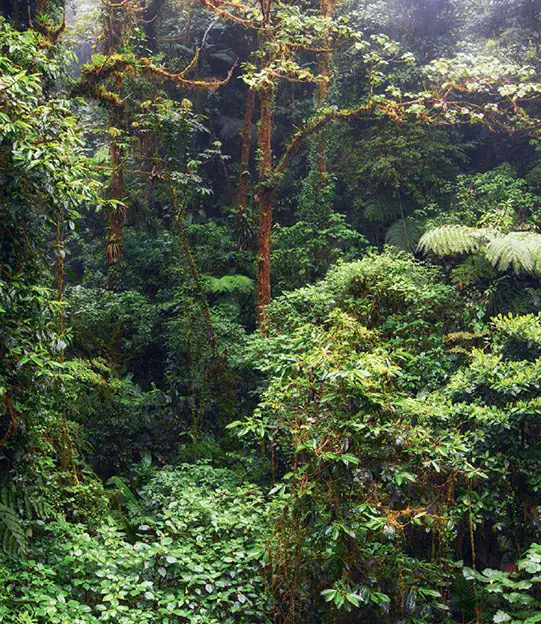Tropical rainforests and cloud forests, found predominantly in equatorial regions, represent some of the most biologically diverse ecosystems on Earth. These biomes are distinguished by their high levels of rainfall and intense sunlight, with tropical rainforests characterized by their continuous heavy rainfall and absence of a dry season. Cloud forests, on the other hand, are typically found in subtropical latitudes with cooler temperatures and high levels of humidity, often leading to perpetual fog.
These ecosystems host a staggering array of flora and fauna. For instance, cloud forests like the Monteverde Cloud Forest Reserve in Costa Rica, located just 10° north of the equator, showcase an impressive variety of species. Spanning 26,000 acres, this privately funded nature preserve is home to over 2,500 plant species, 100 mammal species, 400 bird species, and hundreds of reptiles, amphibians, and insects.
Despite their ecological significance, tropical rainforests and cloud forests face constant threats from human activities such as deforestation and exploitation for resources like timber and minerals. The creation of reserves and national parks has been a crucial step in conserving these unique biomes. Monteverde, for example, not only serves as a sanctuary for biodiversity but also demonstrates the public’s growing interest in environmental preservation, attracting over 70,000 visitors annually.
The global efforts to protect these biomes are vital, not only for the conservation of biodiversity but also for the sustainability of our planet. Numerous initiatives worldwide aim to safeguard these vibrant ecosystems, ensuring their survival for future generations.

